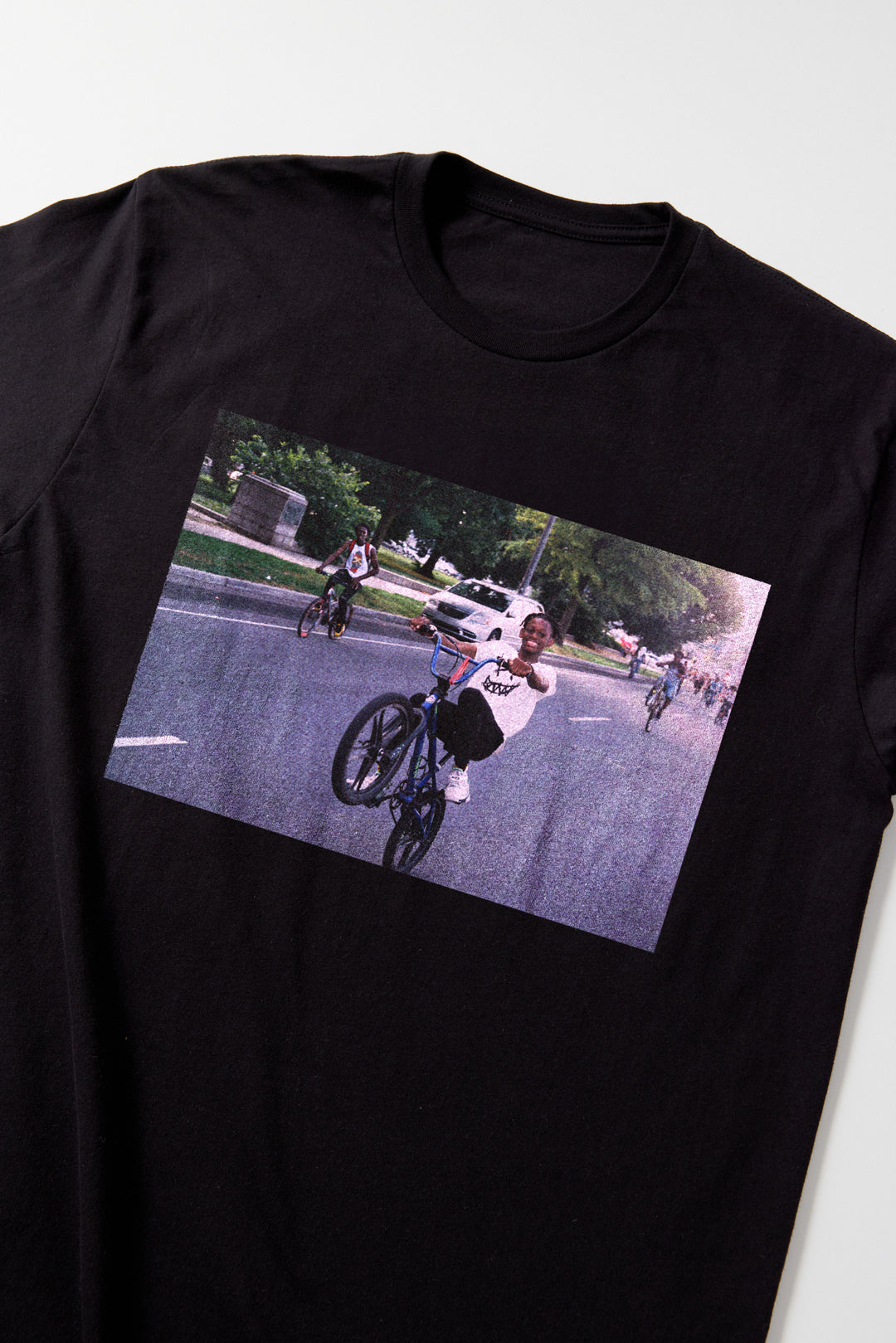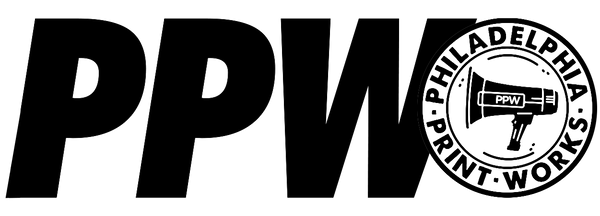A Reading List for Resistance

With the current rise of organized fascism in America and across Europe, it has become essential that Black and non-Black POC alike begin to reimagine the ways in which resistance can happen. As the limitations of non-violent forms of resistance become more obvious with each acquitted killer cop, each rigged election and the passage of each new piece of draconian legislation, more oppressed people will become further radicalized. Historically, as the twin crises of racism and state repression intensify oppressed groups begin to shed the shock and disappointment with the system and its contradictions, critically examining the limitations of “respectable” protest and resistance and turning to self-defense and violence to protect our very lives.
Moving through this process of radicalization, it is not hard to imagine that more of us will begin to challenge the prevailing liberal narrative that seeks to invalidate anything that happens outside of the kind of non-violent political praxis made famous by 20th Century organizers like Mahatma Gandhi and Martin Luther King, Jr. Historically, non-violent methods of political activity have proven to be useful and, in the case of the Civil Rights Movement in the U.S. and even more clearly in the anti-colonial struggles of the so-called third world, self-defense, as well as anti-racist and anti-state violence have also played a significant role in advancing these critical struggles; winning concessions/temporary reforms and most importantly saving the lives of organizers and community members. Countering the popular logic of his day, Malcolm X was highly influential in both espousing the necessity of self-defense as well as identifying the international character of the liberation struggle, connecting the plight of African-Americans with the plight of oppressed peoples in Latin America, Africa, and Asia.
From the Louisiana-based Deacons For Defense to the Black Panther Party for Self-Defense to the Mau Mau anti-colonial revolution in Kenya, there are countless examples that establish a precedent of Black folks arming themselves against racists, colonizers, and the State. A clear understanding of the history of this kind of radical political activity can help to remove some of the stigma surrounding justified political violence. The following list of publications seeks to arm readers with exactly that kind of practical understanding of the history of armed self-defense and political violence. While many of these publications cover events from the not-so-distant past, each contains essential lessons that can help clarify our present situation. Read up and enjoy!
1. Negroes With Guns by Robert F. Williams (Martino Fine Books)
Part memoir, part political manifesto of famed Civil Rights leader and Black Communist Robert F. Williams, Negroes With Guns is significant because it details an important historical example of anti-racist, armed self-defense during the Civil Rights movement. Upon returning to his hometown of Monroe North Carolina in the early 1950s after a stint in the Marines, Williams joined the Monroe chapter of the NAACP. After his election as President of the waning chapter, Williams immediately went to work instituting a program of direct action aimed at breaking down the structural segregation that had existed in Monroe since the onset of Jim Crow. The direct action strategy of the Monroe NAACP was initially nonviolent in nature.
In 1957 Williams helped organize an effort to integrate Monroe’s local public swimming pool. Unlike some public pools in the segregated South that allowed Black people to swim (on certain days), Monroe’s pool was completely off limits to the town’s Black residents. Unable to cope with the idea of sharing a swimming pool with their Black neighbors, outraged, white citizens of Monroe began shooting at the protesters. Faced with a hostile white citizenry, a complicit police force and court system as well as a local Ku Klux Klan chapter with an estimated 7,000+ (in a town of 12,000) membership, it became clear to Williams and other members of the community that they would have to take up arms in order to survive. Williams applied for an NRA Chapter membership and formed the Black Armed Guard, a community gun club that trained Black women and men to shoot and defend themselves.
Tensions between Monroe county’s Black residents and the local white establishment intensified over the next year, an attempted rape of a pregnant Black Woman by a White man and a case in which two Black boys (ages 7 and 9) were imprisoned for allegedly kissing a white girl. During this time, several Klansmen shot up the NAACP offices and Black Armed Guard members shot back, forcing them to retreat. Williams and his family were forced to flee Monroe after he was falsely charged with kidnapping after protecting a white couple from an angry mob. Escaping to Canada and eventually settling in Cuba where he and his wife Mabel Williams became international activists and symbols for the global struggle against Capitalism, Racism, and Imperialism.
2. The Black Jacobins: Toussaint L’Ouverture & The San Domingo Revolution by C.L.R. James (Secker & Warburg)Afro-Trinidadian historian, organizer and Marxist theorist C.L.R. James was one of the foremost intellectuals of the 20th Century. Black Jacobins... is one of the earliest masterworks in a five-decade-long career of anti-imperialist scholarship that examined the ways in which Capitalism and systemic Racism intersect. Setting his sights on one of the most significant historical events, James uses his astute knowledge and materialist analysis to illuminate the unlikely victory of enslaved Africans over their Colonial masters in a struggle that would come to be known as the Haitian Revolution.
The Haitian Revolution was a bloody, 13-year struggle that saw the formerly enslaved Africans liberate themselves by violently defeating the French, Spanish and British armies. Using the Marxist method of analyzing historical phenomena, James looks at how the contradictory forces of race and color caste, culture, and economic class created a powder keg that eventually erupted in an all-out Revolutionary war that culminated in the founding of the free nation of Haiti on January 1st, 1804.
3. Wretched of the Earth by Frantz FanonSe t against the backdrop of a global anti-colonial struggle that saw many “Third World” nations liberate themselves from the yoke of European Colonialism, psychiatrist and revolutionary philosopher Frantz Fanon’s Wretched of The Earth is a certified classic work in the fields of critical race theory, psychology, and revolutionary theory. Early explorations of the psycho-social effects of white supremacy and Colonialism as well as the necessity of violence in decolonization struggles. The originality of Fanon’s thesis, not only was anti-racist/anti-colonial violence a tactic necessary to the liberation of colonized nations, but, Fanon also used his skill in psychoanalysis to explore the psychological dynamics of revolutionary violence, concluding that the oppressed peoples of the world had a deep (and justified) need to violently resist their brutal oppressors.
4. The Deacons For Defense - Armed Resistance & The Civil Rights Movement by Lance Hill (The University of North Carolina Press)Founded in 1964 in the Klan-heavy area of Jonesboro North Louisiana, the Deacons For Defense & Justice have been considered an anomaly in the broader Civil Rights movement. Their foundational principal of a community-based, armed self-defense was much more in line with some of the more radical tendencies that arose during the Black Power movement. Hill‘s book outlines the historical and political impact of the Deacons organization and most importantly, as a concrete example of how organized, anti-racist self-defense helped lead to significant legislative reform. Throughout the book, Hill illustrates how the Deacons were an integral part of the Civil Rights struggle in the deep south, not an armed fringe group.
The following quote from Hill lays out the book’s central thesis: “Nonviolence as the motive force for change became a reassuring myth of American moral redemption--a myth that assuaged white guilt by suggesting that racism was not intractable and deeply embedded in American life, that racial segregation and discrimination were handily overcome by orderly polite protest and a generous American conscience, and that the pluralistic system for resolving conflicts between competing interests had prevailed. The system had worked and the nation was redeemed.”
5. Let Your Motto Be Resistance: A Handbook For Organizing New Afrikan and Oppressed Communities for Self-Defense by The Malcolm X Grassroots Movement (Self-Published)Originally surfacing in the midst of the violent resistance that blossomed in East Flatbush Brooklyn in the wake of the murder of Kimani Gray by two plainclothes police officers, “Let Your Motto...” is credited to the Malcolm X Grassroots Movement, a Black, revolutionary, working class organization that has been in existence for decades. Seeking to bring an organized character to the rebellion in Brooklyn and any future rebellions that are sure to follow anti-Black police violence, “Let Your Motto...” serves as a practical guide to organizational models, self-defense tactics, as well as illuminating sections of the history of Black community self-defense struggles.
Further Suggested Reading:
A short list of additional selections that further explore the domestic and international character of the Black/African liberation struggle. While We Will Shoot Back and This Nonviolent Stuff… give readers a detailed look into the lesser known instances in which self-defense was practiced during the U.S. Civil Rights movement, Anarchism And Revolution in Black Africa a classic study on the ways in which Africans in Kenya, Nigeria and Guinea-Bissau utilized anarchistic/anti-authoritarian social traditions and anti-colonial violence to pressure European colonial regimes and advance the struggle for liberation. Maroon the Implacable and Black Against Empire are classic studies of the events and important figures of the U.S. Black Power movement, off particular interest is Maroon The Implacable. Written by U.S. political prisoner Russell Maroon Shoatz. Shoatz was a former member of the Black Panther Party and the Black Liberation Army an armed clandestine organization who carried out several acts of anti-state violence throughout the 1970s and 80s. Throughout the essays Maroon The Implacable, Shoatz lays out a masterful historical and contemporary analysis as well as a thoroughly anti-authoritarian vision of Black liberation and self-determination in which self-defense and armed struggle are key components.
We Will Shoot Back: Armed Resistance in the Mississippi Freedom Movement - Akinyele Omowale Umoja (NYU Press)
Anarchism And Revolution in Black Africa - Stephen P. Halbrook (T he Journal of Contemporary Revolutions, Vol. IV, No. 1)
Black Against Empire: The History And Politics of the Black Panther Party - Joshua Bloom & Waldo E. Martin Jr. (University of California Press)
Maroon The Implacable: The Collected Writings of Russell Maroon Shoatz - Russell Maroon Shoatz (PM Press) (contains the classic essays Black Fighting Formations and The Dragon & The Hydra)
This Nonviolent Stuff’ll Get You Killed: How Guns Made The Civil Rights Movement (Basic Books)
 |
John Morrison is a Philadelphia based Writer, DJ and Producer. As a solo artist, Morrison has recently released his debut Instrumental Hip Hop album, SWP: Southwest Psychedelphia, a cosmic, psychedelic trip through a day in the life in his Southwest Philadelphia neighborhood available now on Deadverse Recordings. |

